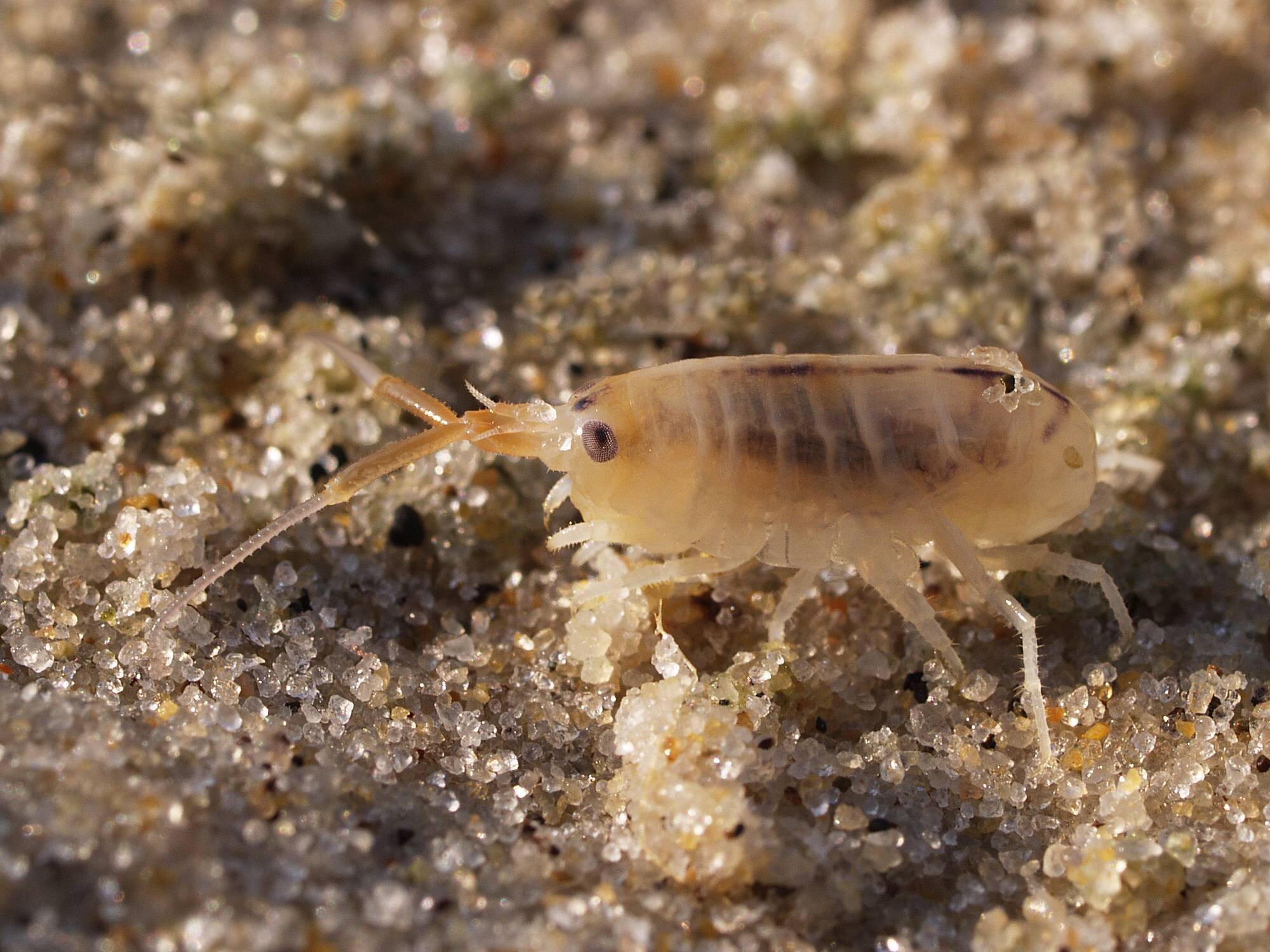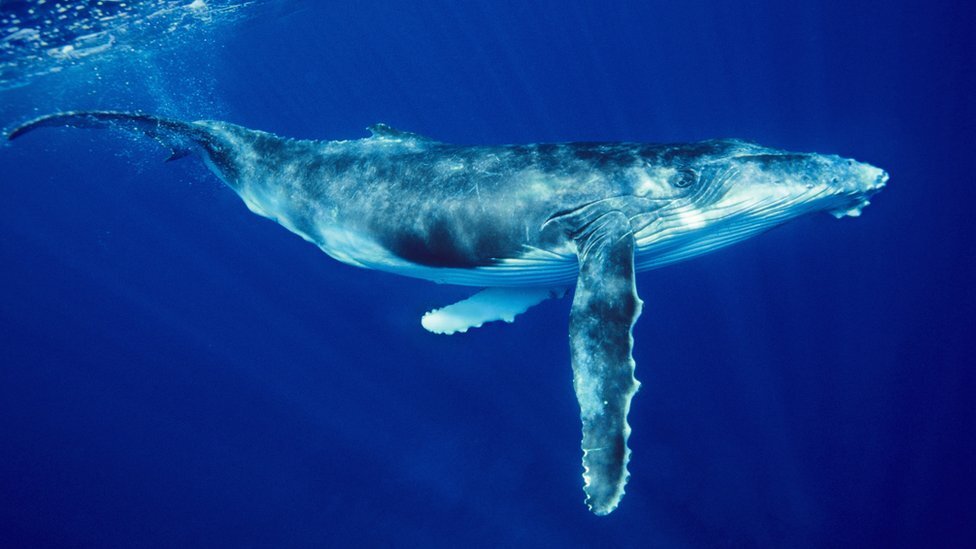We’re only just starting to realise that our love affair with artificial light at night (ALAN) is bad not just for us, but also for many of the creatures with which we share this planet. Including, for example, the sandhopper.
But before I talk about the problems facing this remarkable crustacean, let me sketch in a bit of background about light pollution.
Paris was the first European city to introduce street lighting. That was in 1667, during the reign of Louis XIV - The Sun King. Very soon other major cities across Europe followed suit. (I’m not sure about Asia - I suspect that Edo was pretty well lit too and maybe even earlier than Paris. Does anyone know?)
Streetlights in those days were pretty dim - just candles or oil lamps. While they made nocturnal city life easier and perhaps a bit safer, they didn’t have much effect on the visibility of the night sky. In the countryside, the nights remained as dark as they had always been.
Things changed with the arrival of gas and electric lights in the 19th century. Cities could now be brilliantly illuminated. More light seemed to be an unqualified good, and few resisted its encroachments. Today of course we have many other kinds of lighting - like LEDs and fluorescent tubes.
ALAN is spreading rapidly across the face of the earth. Everywhere you go, there are brilliantly lit office buildings, factories, airports, docks, military installations, car parks, apartment blocks and even private houses.
But ALAN is not restricted to built-up areas - it extends outwards along the roads that connect the cities and towns where we live. You can’t even escape it completely on the open ocean, where oil rigs, ships and fishing boats are often lit up like Christmas trees.
The problem is not just the direct glare of the lights themselves.
There is also the phenomenon of ‘skyglow’ caused by the scattering of light from clouds and dust in the atmosphere.
One of the sad consequences of ALAN is that most people on earth can no longer enjoy the wonder of a dark night sky with its thousands of stars - and they will never see the Milky Way.
Big cities generate so much light that the skyglow above them can sometimes be detected a hundred miles away or more. It is the most widespread form of light pollution and apparently now affects 23% of the earth’s surface between the latitudes of 75 degrees North and 60 degrees South. That includes many of the most important areas of biodiversity around the world. And it continues to spread rapidly.
Of all the many serious environmental problems we face, ALAN is actually the easiest to solve.
Better designed lights, properly shielded, pointing in the right direction, and only as bright as they need to be, would make a huge difference. Steps like these would not be expensive to implement. They would also save energy and reduce costs in the long run. (For more information about light pollution and how to combat it, visit the excellent website of the International Dark-Sky Association.)
In recent years scientists have begun to pay attention to the effects of ALAN, both on us humans and on other animals, as well as plants.
ALAN certainly has a disruptive effect on the internal clocks that govern many natural processes - including our own sleeping patterns.
It is a well-known menace to turtle hatchlings, as well as migratory birds. It may also be implicated in the decline of many insect species.
And now it looks as if ALAN is also making life difficult for the poor little sandhopper.
These animals live on sandy beaches and, as I explained in Incredible Journeys (Chapter 10), they are remarkable navigators.
In the evening they make their way to water’s edge to chomp on seaweed. In the morning they retreat up the beach and bury themselves in the damp sand to avoid getting dried out by the sun. Since they can easily get drowned, it’s important that they don’t go the wrong way.
Amazingly, sandhoppers have not one but two celestial compass systems that help them steer in the right direction - whether up or down the beach. One is based on the light of the moon and the other on the sun.
A new study (unfortunately locked behind a paywall) from D. Torres et al. looks at how skyglow affects the navigational ability of sandhoppers on the coast of the island of Anglesea, Wales.
They report that skyglow - though much weaker than direct light pollution - nevertheless disrupts the sandhoppers’ lunar compass system, making it harder for them to navigate safely at night.
Since many other animals use the stars and the moon to help them orient at night, it is a sure bet that ALAN is not just causing trouble for sandhoppers.
Torres et al. conclude that ‘a renewed focus on the ecological impacts of artificial skyglow is urgently needed’ in order to understand how it is affecting the world around us.
Yes indeed.
And in the meantime, please do think about how you can reduce your own light footprint!











